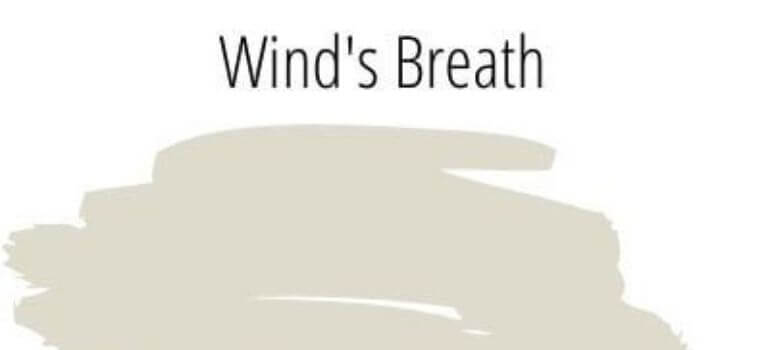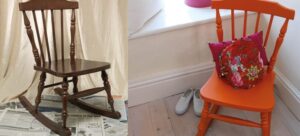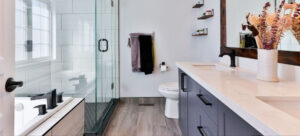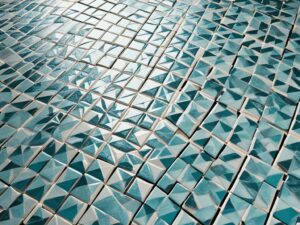Painting your home is an exciting endeavor, but with the myriad of colors available, selecting the perfect shade can be a daunting task. Two popular choices, Winds Breath and Edgecomb Gray, have been making waves in the world of interior design. Let’s dive into the characteristics of each and help you make an informed decision for your home.
Understanding Winds Breath
Winds Breath, a soft and subtle hue, has become a favorite among homeowners seeking a neutral yet warm ambiance. Its unique color palette and undertones make it a versatile choice for various spaces. Whether you’re aiming for a cozy living room or a tranquil bedroom, Winds Breath might be the perfect canvas.
Exploring Edgecomb Gray
On the other hand, Edgecomb Gray offers a timeless and classic appeal. Its neutral tones make it suitable for a wide range of design styles. From contemporary to traditional, Edgecomb Gray adapts effortlessly, making it a popular choice for those seeking a sophisticated look.
Factors to Consider When Choosing Paint
Before delving into the specifics of Winds Breath and Edgecomb Gray, it’s crucial to understand the factors influencing your paint choice. Natural light, room size, and personal preferences all play a role in determining the ideal color for your space.
Color Psychology in Home Design
Colors have a profound impact on our emotions and perceptions. In this section, we’ll explore how Winds Breath and Edgecomb Gray contribute to the overall mood and atmosphere of a room. Understanding the psychological aspects of color can guide you in creating a space that aligns with your intentions.
Winds Breath vs. Edgecomb Gray: A Side-by-Side Comparison

When it comes to selecting the perfect paint color for your home, Winds Breath and Edgecomb Gray stand out as popular choices, each with its unique characteristics. Let’s break down the key differences and similarities to help you make an informed decision.
1. Undertones:
- Winds Breath:
- Undertones leaning towards a warm, creamy hue.
- Perfect for creating a cozy and inviting atmosphere.
- Edgecomb Gray:
- Versatile with subtle warm undertones.
- Adaptable to various lighting conditions.
2. Color Palette:
- Winds Breath:
- Light and airy, suitable for creating an open and spacious feel.
- Ideal for rooms where you want to maximize natural light.
- Edgecomb Gray:
- Neutral and timeless, offering a classic, sophisticated look.
- Complements both modern and traditional design styles.
3. Room Applications:
- Winds Breath:
- Well-suited for bedrooms, living rooms, and spaces where tranquility is desired.
- Enhances a sense of relaxation and comfort.
- Edgecomb Gray:
- Versatility makes it suitable for any room in the house.
- Particularly popular for living rooms, kitchens, and bedrooms.
4. Natural Light Impact:
- Winds Breath:
- Flourishes in well-lit spaces, amplifying its soft tones.
- Considered for rooms with ample natural light.
- Edgecomb Gray:
- Adaptable to various lighting conditions, making it suitable for rooms with both natural and artificial light sources.
5. Strengths and Weaknesses:
- Winds Breath:
- Strength lies in its ability to create an airy and light ambiance.
- May appear too subtle in rooms with minimal light.
- Edgecomb Gray:
- Strength in its timeless appeal and adaptability.
- Can be perceived as slightly more traditional compared to the contemporary feel of Winds Breath.
6. Mood and Atmosphere:
- Winds Breath:
- Elicits a calm and soothing atmosphere.
- Ideal for spaces where a tranquil environment is desired.
- Edgecomb Gray:
- Conveys a sense of understated elegance.
- Creates a sophisticated ambiance without being too formal.
7. Popularity and Trends:
- Winds Breath:
- Gaining popularity for its modern and fresh look.
- Often chosen for homes embracing a minimalist aesthetic.
- Edgecomb Gray:
- Classic and enduring, standing the test of time.
- Appeals to those who appreciate traditional design elements.
8. Maintenance Considerations:
- Winds Breath:
- Light colors may require more frequent touch-ups, especially in high-traffic areas.
- Easily refreshed for a consistently vibrant look.
- Edgecomb Gray:
- Neutral tones are forgiving of minor scuffs and marks.
- Offers a balance between low maintenance and timeless elegance.
In the end, the choice between Winds Breath and Edgecomb Gray depends on your personal preferences, the mood you want to create in each room, and the overall aesthetic you envision for your home. Both colors bring their unique charm, contributing to a beautiful and inviting living space.
Customer Reviews and Experiences
Real-life experiences can offer valuable insights. Hear from homeowners who have embraced Winds Breath and those who swear by Edgecomb Gray. Their experiences may shed light on aspects you might not have considered.
Professional Recommendations
Interior designers often play a pivotal role in guiding color choices. Discover professional insights on when to opt for Winds Breath and when Edgecomb Gray might be the superior choice. Their expertise can provide a fresh perspective on your decision-making process.
DIY Tips for Paint Application
Once you’ve decided on a color, the next step is the application. Whether you choose Winds Breath or Edgecomb Gray, this section offers a step-by-step guide for a successful and satisfying painting experience.
Common Misconceptions about Paint Colors
There are numerous myths surrounding paint colors. In this section, we debunk common misconceptions and clarify the subtle differences between Winds Breath and Edgecomb Gray.
Real-life Transformations
Witness the magic of paint through real-life transformations. Before-and-after photos showcase the impact of Winds Breath and Edgecomb Gray on various spaces, proving the transformative power of a well-chosen color.
Maintenance and Longevity
Preserving the beauty of your painted walls requires some care. Learn practical tips for maintaining the vibrancy of Winds Breath and ensuring the longevity of Edgecomb Gray, helping you enjoy your chosen palette for years to come.
Final Decision-Making Factors
As you approach the final decision, consider your budget, current trends, and the timeless appeal of Winds Breath and Edgecomb Gray. This section aims to guide you in making a choice that aligns with your vision for your home.
Conclusion
Choosing between Winds Breath and Edgecomb Gray ultimately boils down to personal preferences, the atmosphere you wish to create, and the unique characteristics of your space. Both colors offer a canvas for creativity and can transform your home into a haven of comfort and style.
FAQs
Yes, Winds Breath’s light tones can make a small room feel more spacious. Its neutral and warm undertones create an open and airy atmosphere, making it a suitable choice for smaller spaces.
Absolutely! Edgecomb Gray’s versatile and timeless appeal makes it an excellent choice for a modern kitchen. It complements various design styles, adding a sophisticated touch to contemporary spaces.
While it’s recommended to use a primer for better adhesion and durability, many paints, including Winds Breath and Edgecomb Gray, now come with built-in primers. Always check the product details for specific guidance.
Certainly! Experimenting with different shades can create a unique and visually appealing design. Ensure the colors complement each other to achieve a cohesive and harmonious look.
The frequency of repainting depends on factors like wear and tear, exposure to sunlight, and personal preference. Generally, it’s advisable to repaint every 5-7 years for a fresh and updated appearance.



